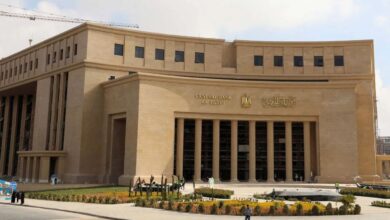
ISTANBUL, Jan 31 (Reuters) – Turkey’s tourism revenues doubled to almost $25 billion last year and the country’s trade deficit narrowed, according to data on Monday reflecting a recovery from the initial wave of COVID-19 pandemic measures in 2020.
President Tayyip Erdogan has presented a shift to a current account surplus as a centrepiece of his government’s sweeping new economic policy, which is focused on low interest rates and stronger exports and credit – despite soaring inflation.
Income from tourism has also grown more important as the central bank seeks to boost reserves and execute market interventions to defend the lira, which lost 44% of its value to the dollar last year amid a December currency crisis.
Last year as a whole tourism revenue climbed 103% to $24.482 billion, Chairman Sait Erdal Dincer data showed. In the fourth quarter, revenues rose 95% to $7.6 billion, only 3% below the level in October-December 2019 – the last quarter before the coronavirus began having an impact.
However, the revenues last year as a whole were still well off the $34.5 billion recorded in 2019.
It was TUIK’s first publication following Erdogan’s dismissal of its Chairman Sait Erdal Dincer at the weekend, less than a year after his appointment.
The move comes after opposition parties and some economists raised questions over the credibility of the agency’s inflation data – concerns that TUIK has dismissed – and ahead of key January CPI data due on Feb. 3. read more
The new TUIK head, Erhan Cetinkaya, was deputy chairman of the BDDK banking watchdog since 2019.
Separately, Tourism Ministry data on Monday showed foreign arrivals jumped 94% to 24.7 million last year.
TRADE DEFICIT DIPS
The foreign trade deficit shrank 7.5% year-on-year to $46.13 billion in 2021, separate TUIK data showed on Monday, with exports jumping 32.8% and imports rising 23.6%.
However there was a deterioration in December when the deficit surged 49% from a year earlier to $6.79 billion, as exports climbed 24.9% and imports rose 29.9%.
The lira was some 1.4% stronger at 13.34 against the dollar after the release of the figures.
The currency has steadied this year after the slide in late 2021 took it to a record low of 18.4 against the dollar, fuelling a surge in inflation, before the government took steps to boost the lira including forex market interventions.
According to the calculations of bankers and economists, the central bank has scaled back its interventions but still spent as much as $1 billion in one week in January to keep the lira steady after last month’s volatility. read more




